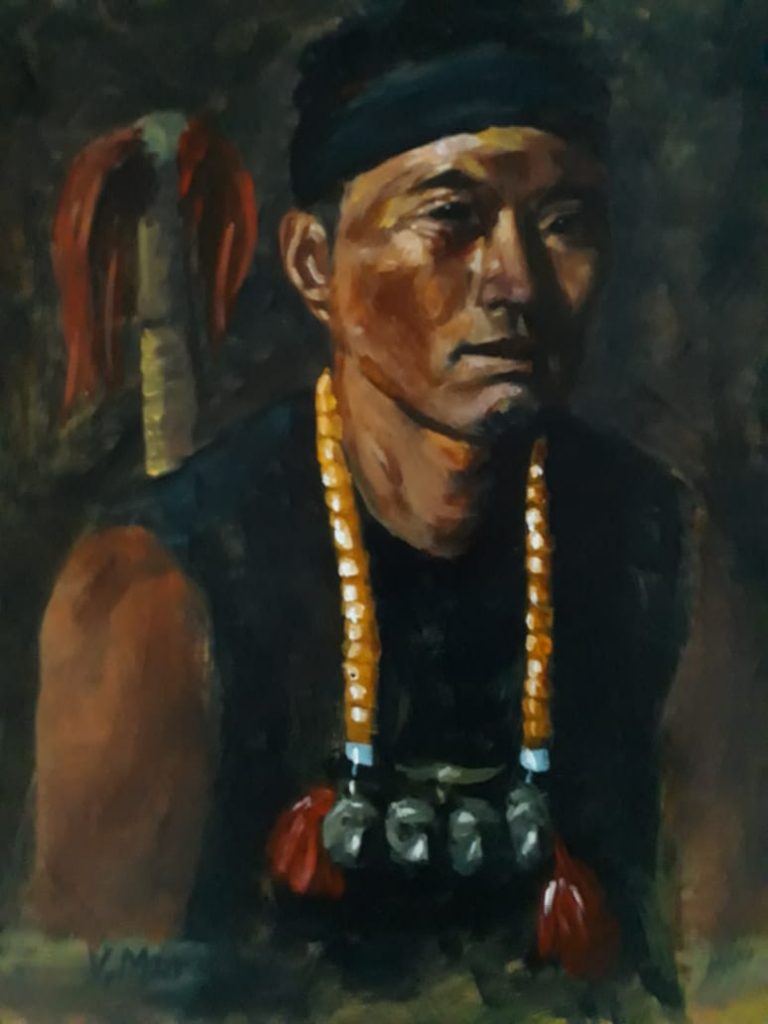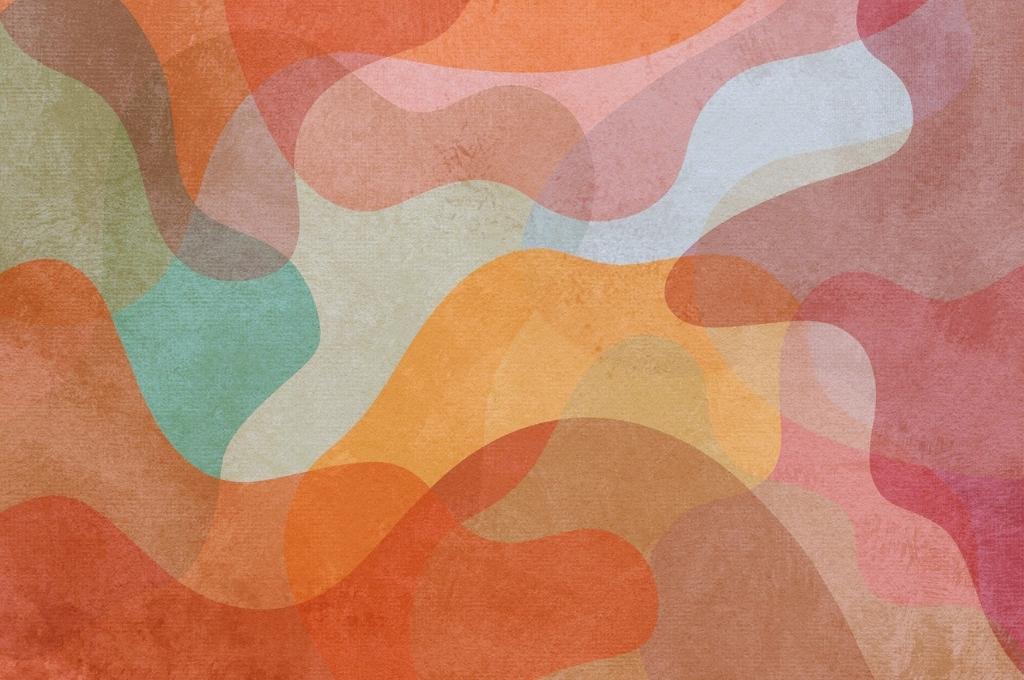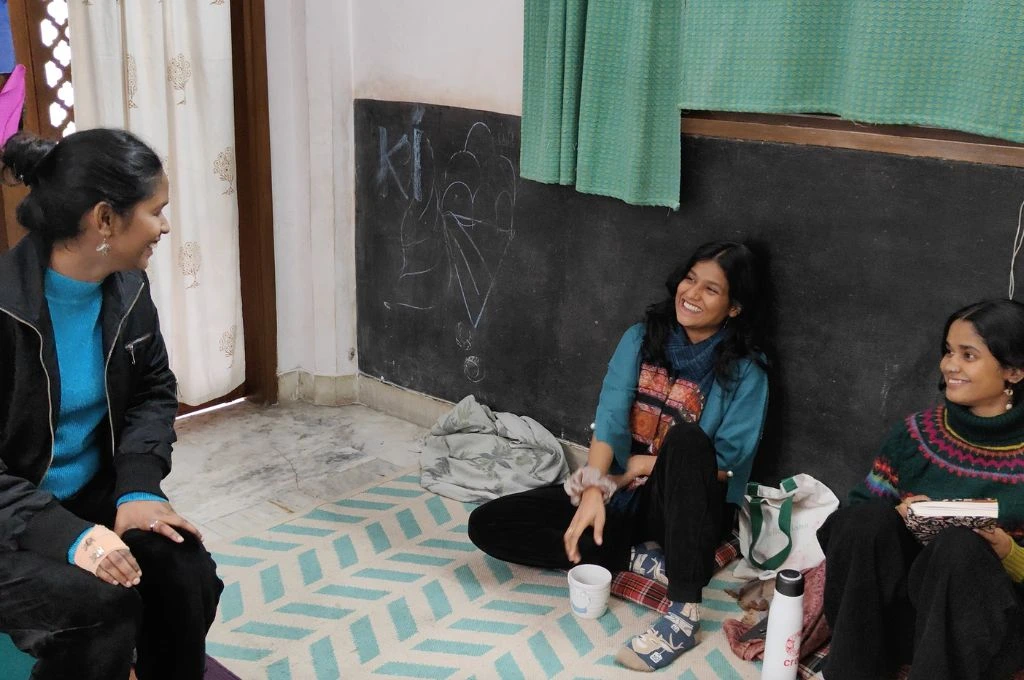On the eastern edge of India’s northeastern province of Nagaland, perched high atop a ridge of a far-ahead mountain, sits Longwa village, home to the Konyak Naga tribe.
The Konyaks have been around since ‘time immemorial’, they like to say; they and their predecessors were nomads in the area for thousands of years, roaming for water and food on mountains and lowlands. They are the largest of the region’s 16 officially recognised tribes, and the last of the tattooed headhunters.
Straddled between India and Myanmar, the international border slices through the heart of this village. Her people, too, live between two worlds, one in the present and one in the past. Young children in hoodies today stand astride their grandparents, the older relics of an ancient belief system.
Longwa is flanked on either side by the rivers of this great mountainous terrain. The mighty Brahmaputra flows in India to the west, and to the east lies Burma’s Chindwin. The rivers are important in Konyak legend, as most of the tribes say that they migrated down these valleys from the south, and the labyrinthine waters told them where they had been and where they were headed; never a straight path, never a simple destination.
[quote]The Konyaks are the original cartographers of these lands.[/quote] In this way, the Konyaks are the original cartographers of these lands. For them, a river seems a magical thing. A mystic, moving, living part of the very earth itself. They say the river carries the earth’s music for those who listen.
When you follow the Brahmaputra river in the Mon region in Nagaland in the first week of April, you will find yourself at the start of the Aoling festival. A fervent prayer for a good harvest, the holiday is a celebration of the art and resplendency of the Konyak tribe. Traditional garments are a shockwave of colours; electric blue and fiery red, covered in beads, glass, shell, stone, teeth or tusk, claws, horns, metal, bone, wood, seeds, and hair.
Men can be seen wearing necklaces made of tusks of boars and teeth of deer as minor trophies. The Konyaks love colour, their favourites being red, yellow and orange. Women lace red coral tree flowers, red lilies and yellow orchids through their hair.

Portait of a Konyak Naga male | Artist: Vivotsolie Mor
There is a sense here, of the passage of time. The old chieftain’s face is an intricate pattern of tattoos, faded lines which have bled into the crevasses of age on his face. He wears animal tusks in his ears, a crown of feathers and bone, and a bush shirt, his arms folded across his chest.
Genetic analysis suggests that ‘modern humans’ first evolved by the Omo River in Ethiopia, 195,000 years ago. Every person that has walked the earth since then can be traced back to a single tribe who lived here. Some of these descendants left the Horn of Africa during a period of climate change and migrated across the Bab-el-Mandeb Strait to Arabia and beyond, somewhere between 60,000 and 120,000 years ago.
Their genetic imprints course through the veins of the tribes of India as closely as their artistic imprints create prehistoric strokes on their bodies; the most vivid example is that of the Konyaks of Nagaland.
[quote]The descendants of the Konyaks are today remnants of a vanishing culture.[/quote]Their descendants are today remnants of a vanishing culture. Of all the tribes that lived in the hills of what is now Nagaland, the Konyaks were particularly feared. Made of up several groups, each differentiated by language and distinctive facial tattoos they all practised headhunting—decapitating members of rival tribes being a rite of passage for young Konyak boys. Konyaks believe the soul force lies in the human skull, which is why headhunting was a way for people to seize power and settle disputes.
They were also one of the most isolated tribes in the region. That began to change 200 years ago. In the 1870s, missionaries from America began setting up schools in the region and, over the following decades, thousands converted to Christianity. The Konyaks were among the last.
Their traditions and ancient customs were eventually marked heathen by overzealous missionaries in a quest to ‘civilise’ the Konyaks. The British Raj banned headhunting in 1935 and over the years the younger generations have begun to adopt modern ways and the unique culture of tattooing, too, has faded.
The advent of Baptist Christianity in Nagaland, historian William Dalrymple writes, is a story of hyper-development. In 30 years, they underwent something that had taken some 1,000 years in Europe: “Paraffin lamps replaced torches made of rushes; matches replaced flints; guns replaced spears and swords; doctors prescribing penicillin replaced shamans polishing skulls.” Today, most of the villages in Nagaland have at least one Christian church. The church in Longwa is in a vast field atop the ridge, right below the house of the village chief.
For all the benefits of supposed modernisation, Nagaland is one of the most militarised zones in the country. The northeast is still largely cut off from the rest of the country in terms of jobs, healthcare and opportunities, and they face continuous harassment and racism when they visit the ‘mainland’.
Progress is inevitable. It is the way of the world. But the world cannot be whole without the indigenous peoples who are the source of our lives and arts. Their ways question the systems of our universe, forces us to know ourselves deeper and our connections with the earth better.
We have this land, this earth. We have each other. And, a river runs through us all.





